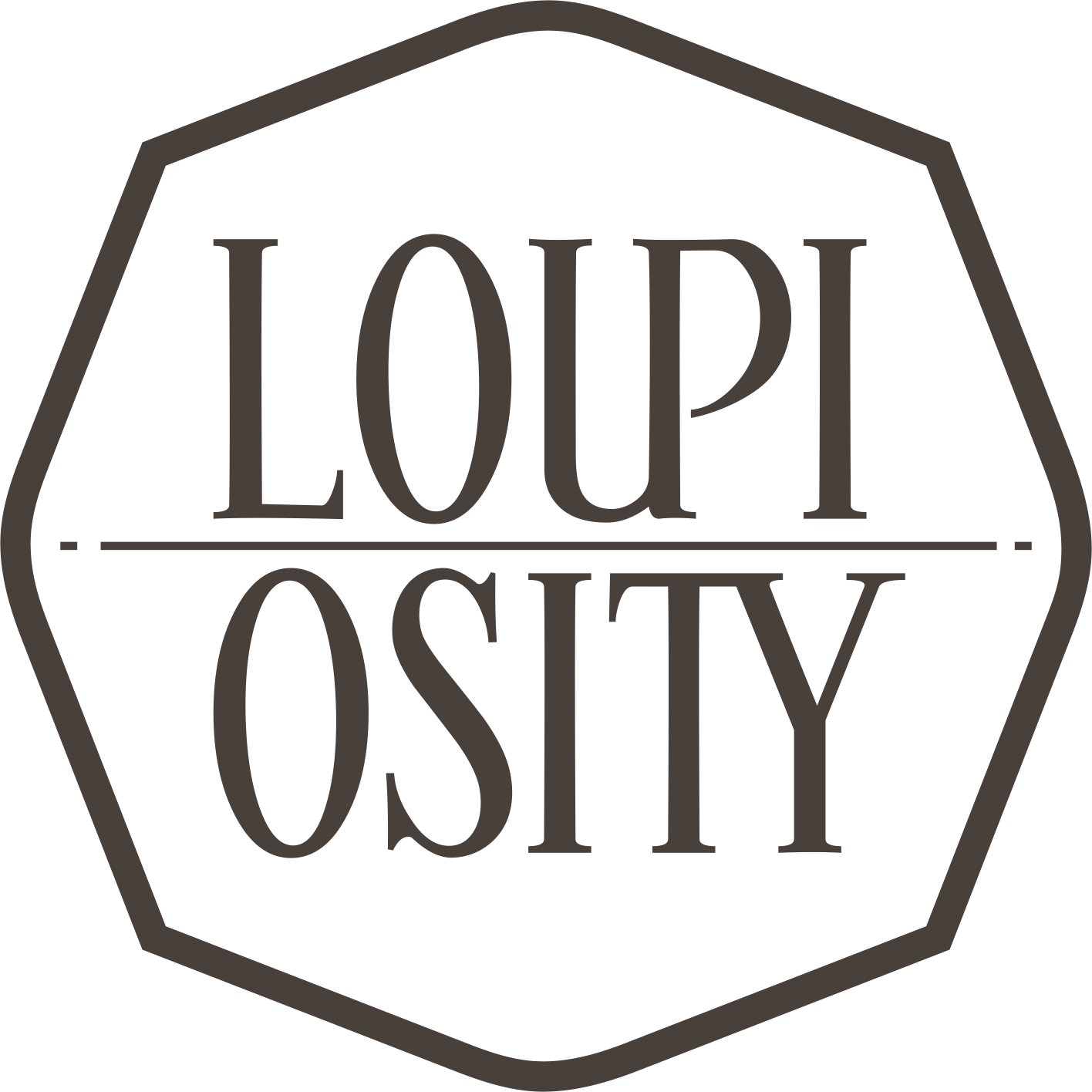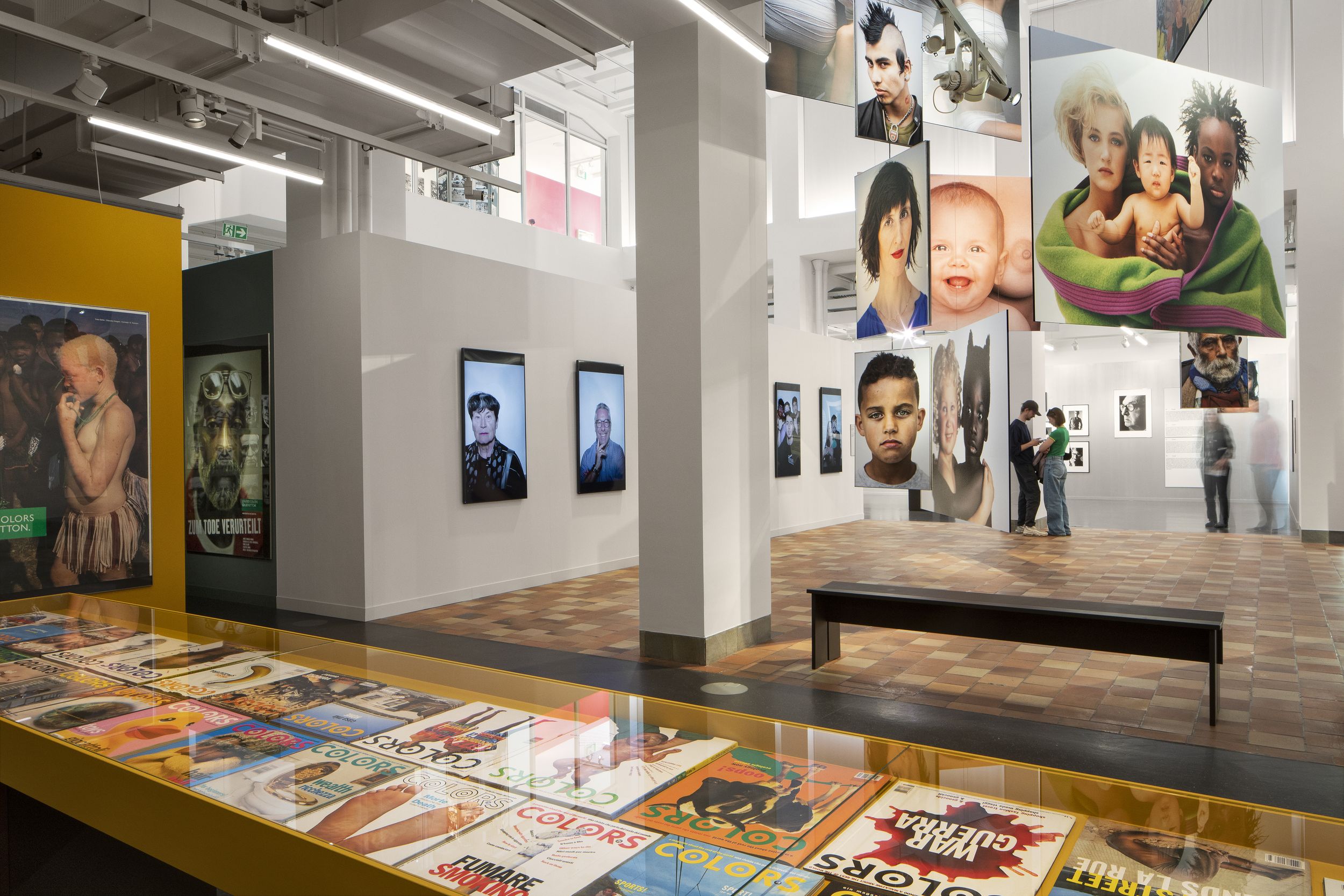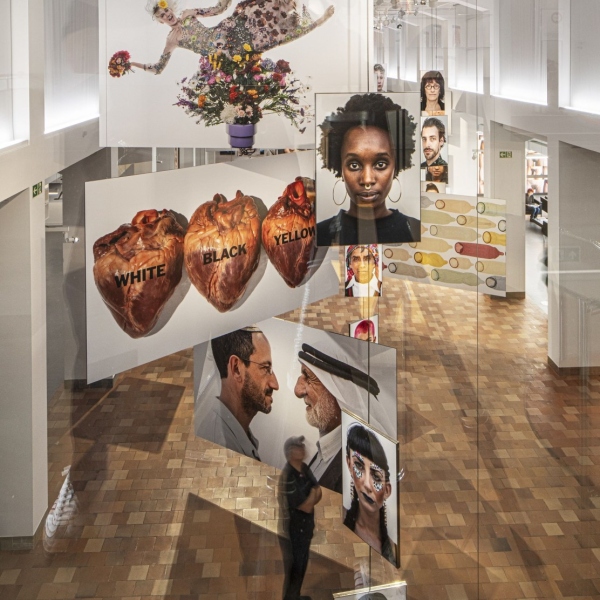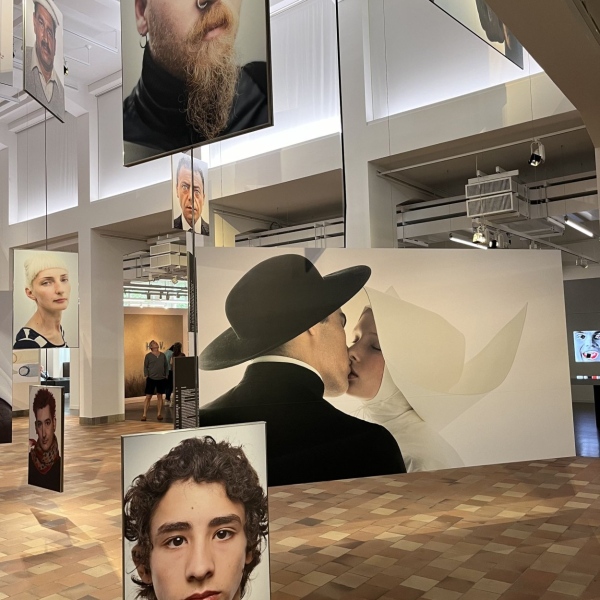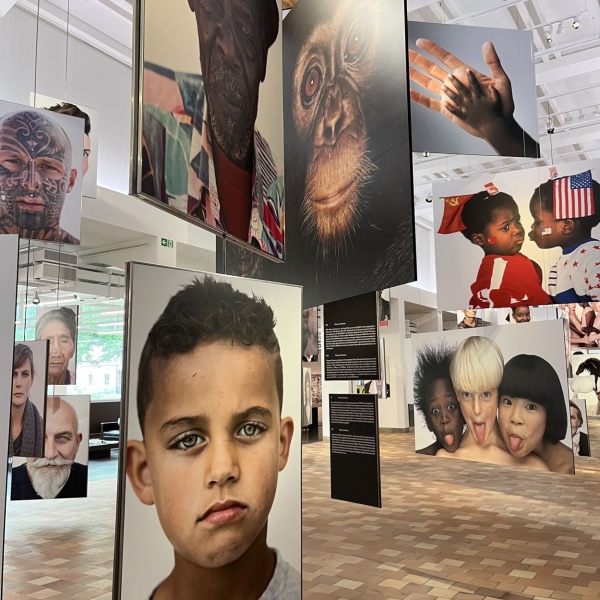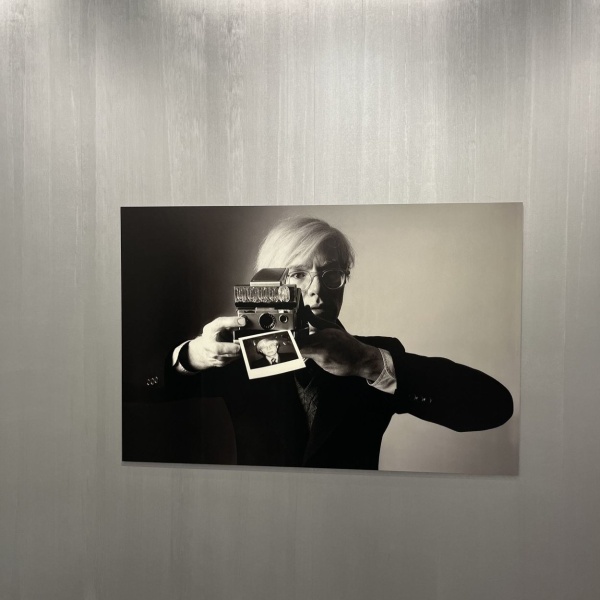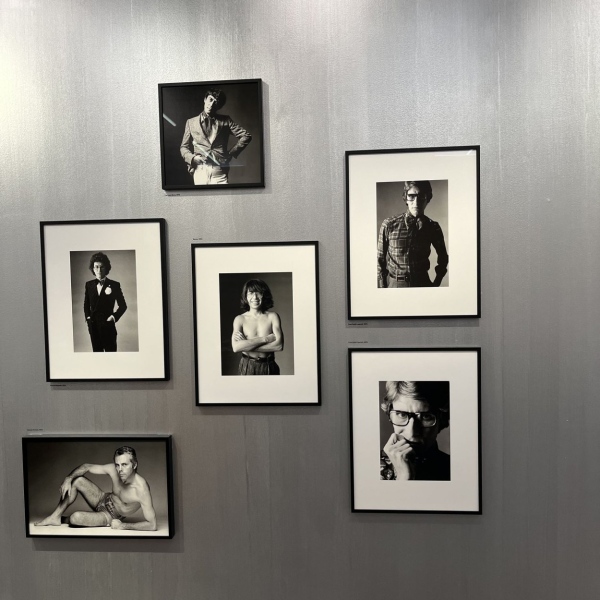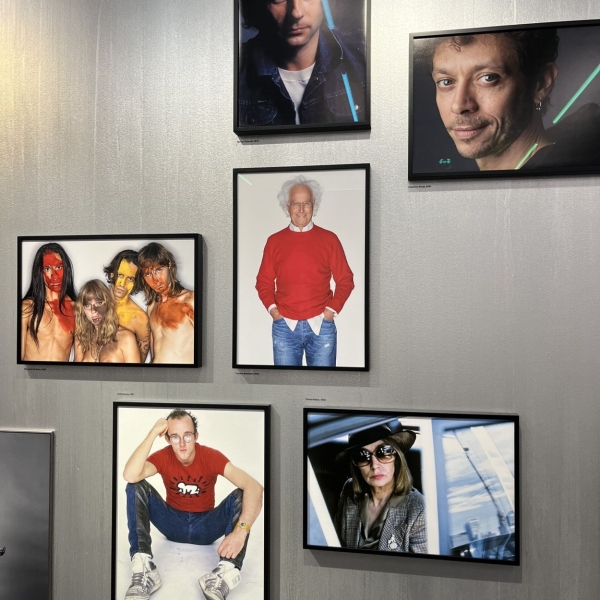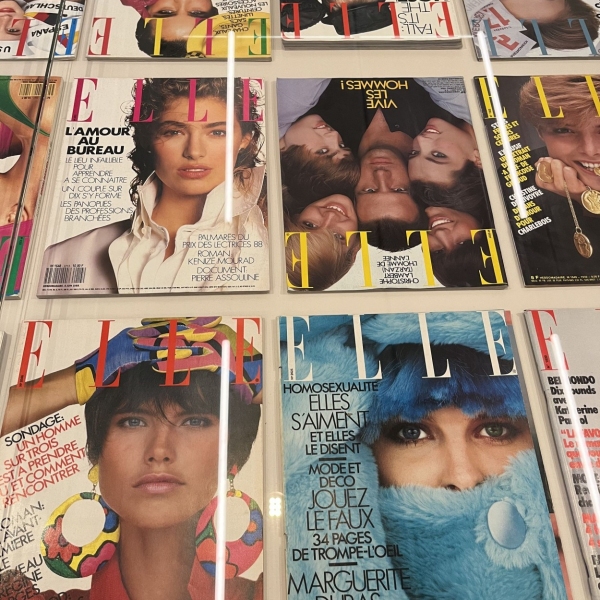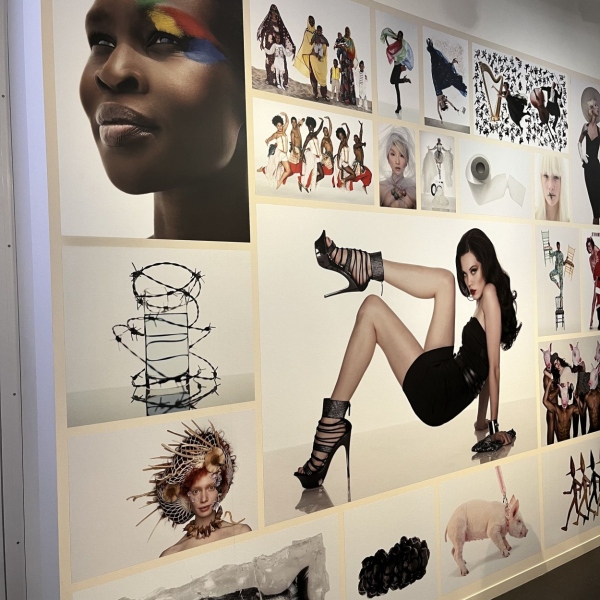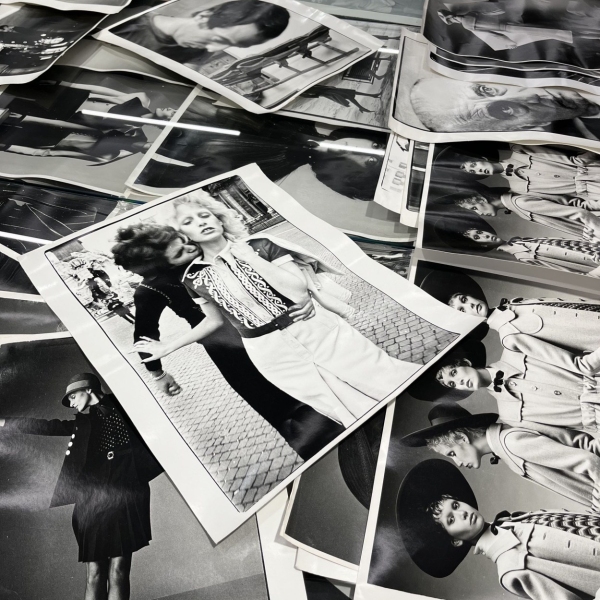The Museum für Gestaltung Zürich showcases the Oliviero Toscani: Photography and Provocation exhibition until 15 September, 2024, at the Ausstellungsstrasse.
As the meteorological start of summer in Switzerland is completely independent of the weather, this July we haven’t experienced many sunny days yet. But a cloudy Sunday morning is a great opportunity to immerse ourselves in some really thought-provoking art exhibition. The ‘Oliviero Toscani: Photography and Provocation’ with over 500 images reflects well the photographer’s monumental and controversial life’s work. As the museum shares, the event came about as a result of several years of close collaboration with Oliviero Toscani himself.
‘The works of Oliviero Toscani leave nobody cold and remain provocative even today. His images evoke powerful emotions, are thought-provoking, and likely to prompt debate,’ says Christian Brändle, Director of the Museum für Gestaltung Zürich, noting that ‘the show also attests to the sheer breadth and precision of Toscani ’s photography.’
Oliviero Toscani (born 28 February 1942, Milan) is an Italian photographer and creative director renowned for his provocative and socially impactful advertising campaigns. He studied photography and graphic design at the Kunstgewerbeschule (School of Applied Arts) in Zurich, Switzerland, from 1961 to 1965. He began his career as a fashion photographer in the 1960s with Elle and Vogue and has created very recognisable photoshots and magazine covers.
He met Andy Warhol in the 1970s. Toscani, already a rising star in the photography and advertising world, was in New York City at the time. This meeting with Warhol, a leading figure in Pop Art, was significant for Toscani, as both artists shared a vision of using popular culture and mass media as powerful tools for artistic expression and social commentary. Toscani was a regular at Warhol’s Factory, probably the most well-known and notorious artist studio in history. The two also created the now legendary campaigns for Polaroid there.
‘The portrait is one of my favorite themes, no matter who is in front of the lens. The sitter’s gaze is the key’ says Toscani. His portraits about fashion designers, musicians or film directors are among the most significant portrayals
Oliviero Toscani is best known for his work with Benetton, an Italian clothing company, founded in 1965. From 1982 to 2000, he created the image, identity, communication strategy, and online presence of Benetton, transforming it into one of the world’s most well-known brands. During his tenure at Benetton, Toscani produced a series of controversial and thought-provoking advertisements that often featured strong social and political messages rather than the product itself. The ‘United Colors of Benetton‘ campaigns tackled issues such as racial equality, AIDS awareness, war, and religious intolerance, drawing global attention and sparking widespread debate.
As you can learn at the exhibition ‘despite the criticism, some of it quite damning, Toscani ratcheted up the radicalism and as of 1992 promoted the brand using only images connected with AIDS, the environment, migration etc. that had nothing to do with fashion. A year later, Benetton proprietor Luciano Benetton and Oliviero Toscani co-founded the Fabrica, a school for artists in all disciplines aged twenty-five and under. The Fabrica magazine Colors followed just three principles: no news, no famous people, and just one subject per issue.
A highly controversial campaign against the death penalty in the year 2000 sparked international outrage and led to a rift between Toscani and Benetton.’
Toscani revolutionized the advertising industry by shifting the focus from traditional product promotion to raising awareness about critical social issues, with his striking and often shocking imagery. His work frequently stirred controversy, prompting discussions on important and often uncomfortable topics.
His cultural influence is inevitable – by integrating art, social commentary, and commercial advertising, Toscani’s work has had a lasting impact on both the advertising industry and contemporary visual culture.
Learn more about Oliviero Toscani’s current projects here.
If you are interested more in the advertising works of Toscani, we recommend to check out ‘Artistic strategies in Oliviero Toscani’s advertising‘ from Catalin Soreanu (Associate Professor PhD, Universitatea de Arte “George Enescu” Iasi).
Source: press release. Photo credits: Susanne Völlm – ZHDK Museum für Gestaltung. Loupiosity.com.
All registered trademarks are property of their respective owners.
All rights reserved.
